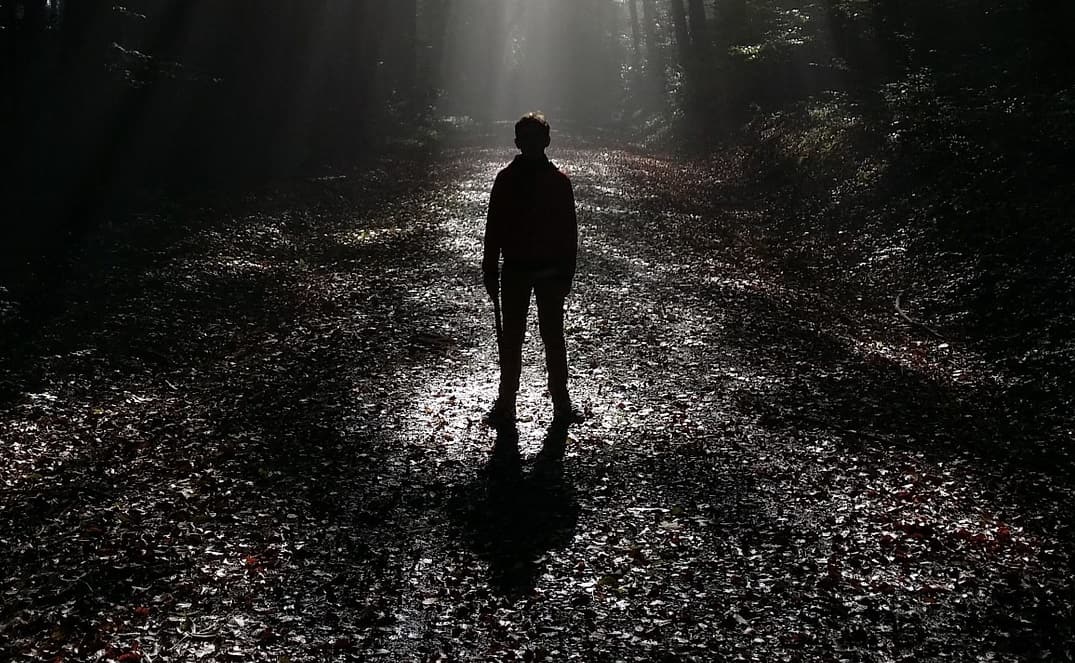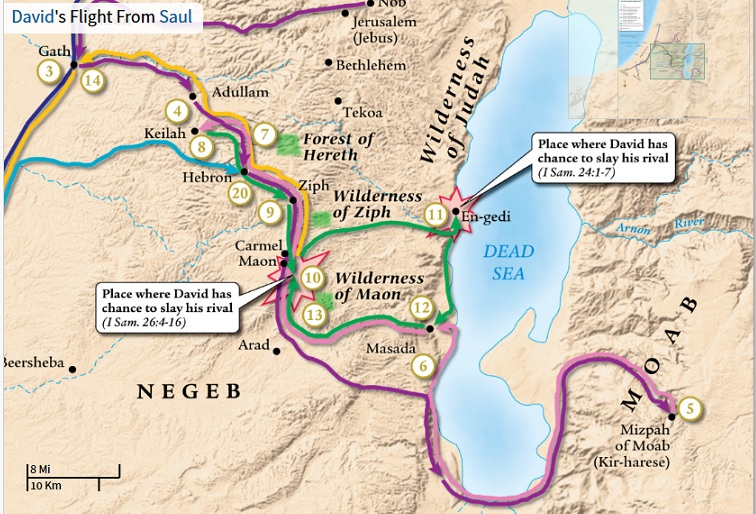
This would have been interpreted as the “abomination that causes desolation” and prompted faithful Jewish-Christians to flee Jerusalem.Īlthough Massyngberde-Ford’s suggestion is intriguing, it has not convinced many. when the “mad Emperor” Gaius demanded his statue be placed in the Temple. She argues the flight into the wilderness occurred in the forties A.D. If this is a Jewish apocalyptic fragment, where did it come from? Massyngberde-Ford suggested disciples of John the Baptist reworked and interpreted his apocalypse (Rev 4-11). Reading Revelation 12 in a Jewish context would take the woman as Israel (mother Zion of Isaiah 54) and avoids the problematic interpretation of the woman as the church (since the church did not “give birth” to Jesus). God rescues the child from the dragon after he is born ( Combat Myth in the Book of Revelation, 105-6). She points writer emphasizes the birth of the male child rather than the death (as expected in a Christian apocalypse). But the focus here is on the wilderness as protection, just as Elijah was protected and nourished in the wilderness for three years, so too will God’s people be protected and nourished for a similar period of time.Īdele Yarbro Collins argues Revelation 12 was originally composed in a Jewish context rather than Christian. Immediately, however, there is rebellion against God in the golden calf incident. The Covenant is established at Sinai, confirming Israel’s election. He finds the three major elements of Israel’s theology initiated in the wilderness: covenant and law, election, and rebellion. Mauser points out that it is in the wilderness that God reveals his name and his law, beginning the religions life of Israel ( Christ in the Wilderness, 29).

In the Old Testament, the wilderness is sometimes a positive experience and at other times the result of judgment. If the woman is Israel, then there is an allusion here to Israel’s experience in the wilderness.

But here the vision jumps from the birth to the ascension.Īfter the child has been snatched away from the dragon, the woman flees into the wilderness. In Revelation 5 John described Jesus as a lamb that had been slain. If the child represents Jesus, it is very strange his death on the cross and resurrection is omitted from the imagery. The child is caught up to “God and his throne.” The sequence of sentences does not make it clear this catching up into heaven represents rescue from the dragon. By line 22 the psalm seems to refer to entrance into the Community, “the host of the holy ones, and can enter in communion with the congregation of the sons of heaven.” (Text from Martı́nez and Tigchelaar, The Dead Sea Scrolls Study Edition (translations) (Leiden: Brill, 1997–1998). Beale suggests the text referred to the origin of the Community or (less likely) the birth of the Teacher of Righteousness. Then the author alludes to Isaiah 9:5-6, describing the child as “a wonderful counsellor with his strength.” This is in contrast to “she who is pregnant with a serpent.” It is possible this contrast alludes to Genesis 3:15, the seed of the woman and the seed of the serpent.
FLEE INTO THE WILDERNESS FREE
The author of 1QHodayot describes his distress as “like a woman giving birth the first time when her labor-pains come on her.” She “gives birth to a male,” a child who is free from the breakers of death. Greg Beale draws attention to a “conceptual parallel” in 1QH 3.7-12. Ezekiel 37:24 looks forward to a tome of peace and prosperity when a future David will shepherd God’s people. This passage looks forward to the eschatological age when the Lord would rule over his people as a shepherd cares for is flock. Micah 7:14, for example, refers to the Lord shepherding his people with his staff. A rod (ῥάβδος) refers to a staff or scepter, but here it is likely a shepherd’s staff. John already quoted this messianic Psalm in 2:27 and will again in 19:15 with reference to the coming of the messiah ruling over the nations.įollowing the Septuagint of Psalm 2:9, all three occurrences in Revelation use the verb shepherd, ποιμαίνω, rather than rule. Second, Isaiah 66:7 has similar language, “Before she was in labor, she gave birth before her pain came upon her she delivered a son.” Third, that the child is destined to rule the nations with a rod of iron alludes to Psalm 2:9. First, the child is the “seed of the woman” from Genesis 3:15.


The interpretation of the escape into the wilderness depends on the identity of the woman. After the woman clothed in the sun gives birth to the male child, she escapes into the wilderness where she is protected for a period of 1260 days.


 0 kommentar(er)
0 kommentar(er)
